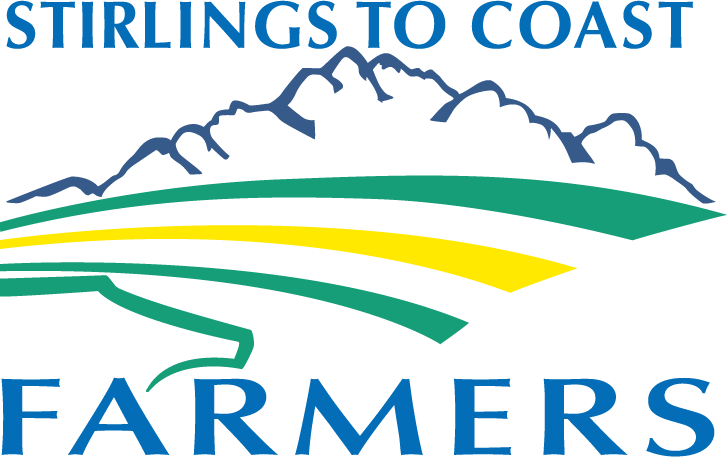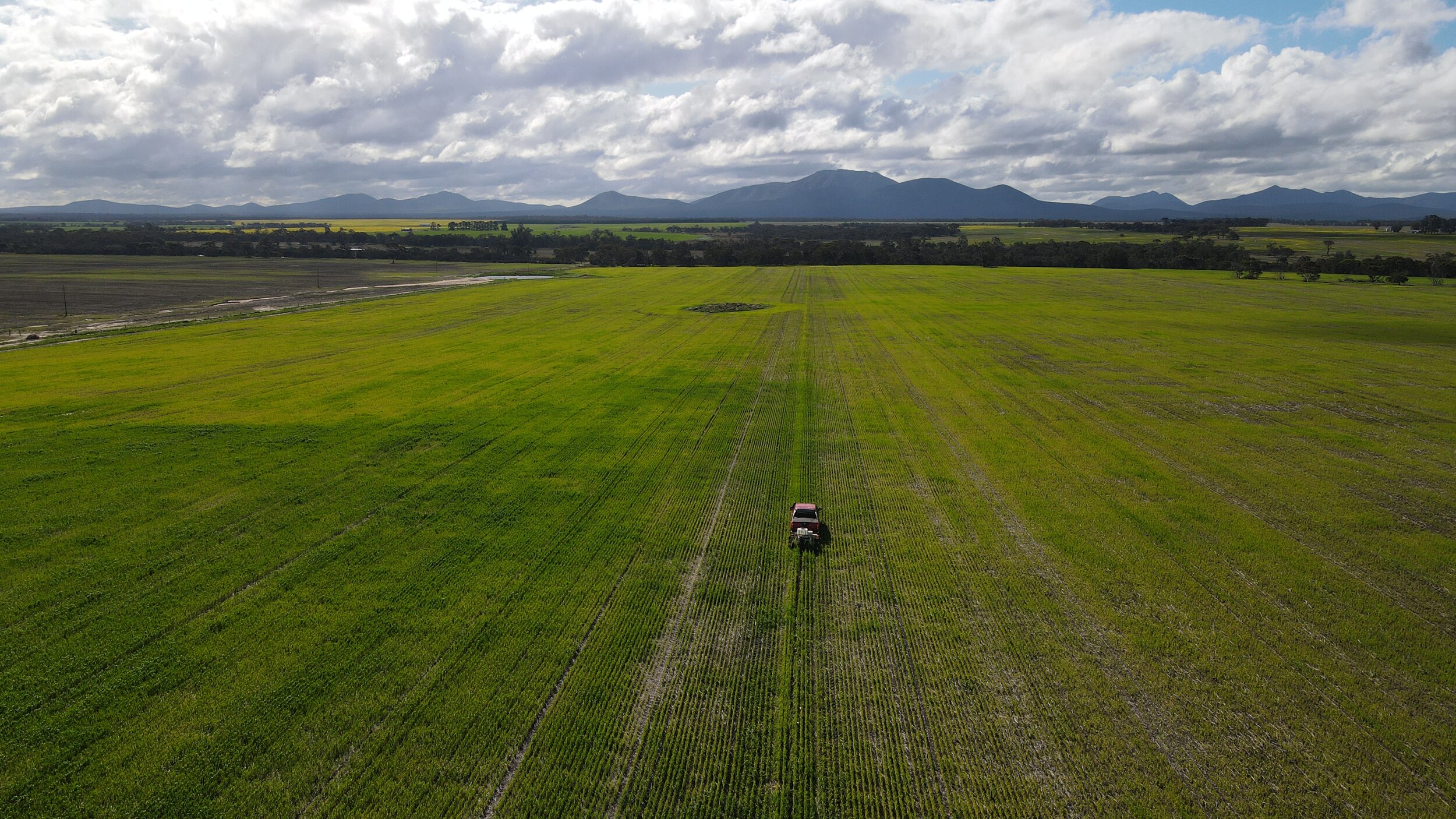On-the-go pH sensing
Project Aims:
Demonstrate digital technologies that could be utilised for mapping & monitoring soil pH levels.
Demonstrate the levels of which soil pH can vary, and how sampling strategy can ultimately affect how a Variable Rate treatment map would be created.
Determine the potential savings (or additional coverage) gained by utilising variable rate technology based on appropriate treatment rates, if any.
Increase adoption of best practice sustainable agriculture & the capacity of our land managers to adopt best practice sustainable agriculture.
Improve our overall soil quality to improve soil structure and on-farm productivity.
Increase the digital literacy of our members and nearby landholders,
Project Background:
Soil acidity is becoming an ever-increasing soil constraint in the Great Southern region of Western Australia, with approximately 90% of sampled sites evaluated receiving pH values below the suggested topsoil pH target level of 5.5 (soilquality.org.au, 2019). Low soil pH levels lead to low fertility, poor crop vigour & nutrient availability, and reduced production levels. Currently, the majority of Western Australian farmers irregularly soil test their paddocks. If they do, the soil sampling strategy is often based off previous sampling sites which may or may not be reflective of the level of soil pH variation typically seen within a paddock. However, there are two alternative sampling strategies that allow growers to gain a better understanding of their soil acidity variation. Grid sampling is one alternative available, and allows a better paddock representation of soil acidity, but is heavily labour intensive and requires a laboratory soil test for each point tested. On-the-go sensors is the second alternative, and these systems take measurements more often (4+ samples/ha) and are less labour intensive.
Project Methodology:
SCF will be establishing a Soil Acidity Management demonstration site in our Great Southern region, hosted over an 18-month period. The soil acidity demonstration site allows the opportunity to explore the use of digital technology in rapidly assessing acidic soils and quantifying the areas that need effective remediation, at a greater resolution (measurement count) than currently assessed.
The project will utilise a range of soil pH sampling strategies, tools and technologies to demonstrate best practice in the management and measurement of soil acidity. Soil pH sampling strategies held under this project include utilising the traditional farmer/advisor scattered paddock samples, 1-hectare grid sampling and utilising a Veris “onthe-go pH” sampler as pictured to the right.
Soil pH levels will be analysed across all three sampling techniques, and a soil pH map will be created from each strategies’ result. An economic analysis and comparison scenario will be designed that compares the differences between traditional uniform treatment methodologies, against modern variable rate methodologies based on gridded and on-the-go sampling methods. The site will also have a variable rate lime application in 2021, and the soil pH levels will be re-assessed in 2022 at designated sampling points.
resources
ACKNOWLEDGEMENT
SCF would like to thank National Landcare Program Smart Farms Small Grants (Round 3) for funding support.


